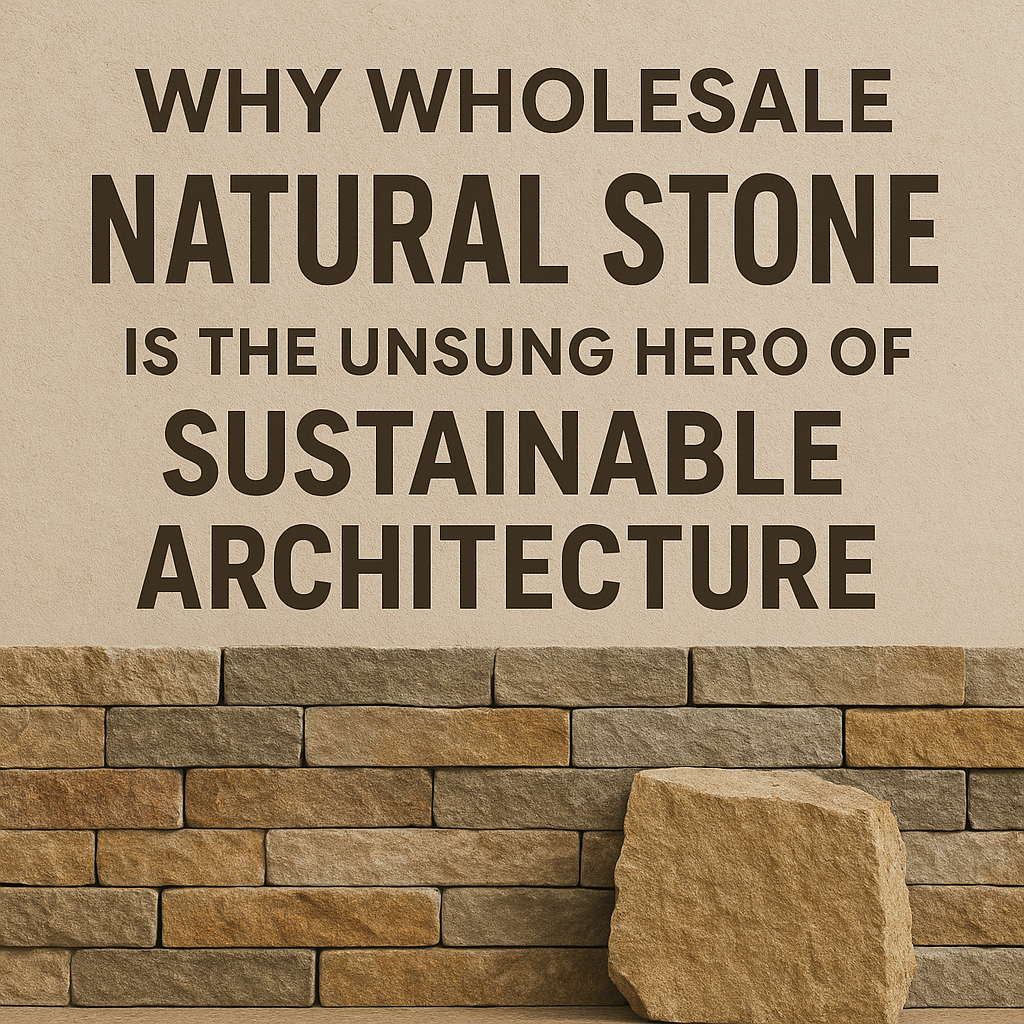Choosing your flooring can have a big impact on your entire home’s design. things is crucial to get things exactly properly because of this. You have to understand that choosing flooring is an investment for the long run. To update it every few months is not practicable.
When it comes to flooring, some things to consider are the kind of room, the area, the atmosphere in general, and the budget. Regarding the materials, there are numerous options. Wood, laminates, tiles, and stone are a few of them.
Stone floor designs have consistently been a popular option. You’re sure to find one that meets your needs because there are so many varieties. These variations also come in a variety of colors and textures.
While some people choose straightforward granite floor patterns, others favor green Kota stone flooring designs. Smooth limestone is preferred by some, while dark slate tiles are chosen by others. Several options exist, based on your preferences and personal space.
Which stone flooring patterns are the greatest, and what should you consider? That is the subject we will analyze for you in this article. We will also talk about the advantages, upkeep, and handling of stone flooring. in order for you to decide wisely and begin the process of creating the greatest possible home design.
The Advantages of Stone Flooring
Each kind of flooring material has unique benefits. Installing and maintaining vinyl and laminate flooring is simple. Ceramic tiles are resilient to water and long-lasting. Wood has a unique and durable quality. There are distinct advantages to each type of stone flooring. These are the important ones.
1. Stone flooring patterns have a refined, classy appearance. They are always recognizable and have an inherent beauty.
2. Stone flooring will never go out of style. As they never go out of style, you will be investing wisely.
3. Stone is a durable material that can sustain a lot of foot traffic.
4. Stone is often long-lasting and requires little maintenance. It doesn’t need particular cleaning methods.
5. Adding warmth and brightness to any environment is a unique feature of several varieties of stone flooring.
6. A lot of different stone flooring designs feature distinctive patterns. Because of them, the flooring in your property is unique and is just utilized there.
7. Natural stone is an environmentally friendly and sustainable material.
Stone Flooring Types
There are many different kinds of stone and stone flooring patterns, as we have already mentioned. Which one is going to work best in your house? To further understand the options, let’s examine this topic in more detail.
These are the materials that are most frequently utilized to create stone flooring designs.
Granite
Granite is a hard stone that has a very sophisticated appearance. It can be coated to withstand dampness and is long-lasting. Granite comes in white, black, gray, and even pink hues. It is frequently utilized as a countertop material in kitchens. The longevity of granite is a primary factor in its selection.
limestone
There are numerous aesthetically pleasing types of limestone. Browns, greys, creams, and more are available in a variety of finishes. Thus, limestone flooring is suitable for any kind of interior design. For instance, you can choose from caramel-hued vanilla limestone or black Kota stone flooring styles. It has the same level of durability as other kinds of stone.
Sandstone
Sandstone may give your homes a raw, organic charm. With its own colors, patterns, and tints, it’s a robust substance. Sandstone has an enduring quality that can even acquire a worn appearance with time.
In slate
The durability of slate is particularly well-known. It can withstand scuffs and scratches. Its water resistance is an additional benefit. Slate has a distinct texture. Highly polished slate is also a popular choice.
There are two approaches to stone flooring designs, in addition to the particular kind of stone. They are man-made and natural.
- Natural stone is extracted from the earth and has developed over many years. Its veining patterns give it a distinct feel. There won’t be two similar items. Natural stone is frequently low maintenance and long-lasting. But a lot of natural stone varieties are also permeable. This implies that if they are to be utilized as flooring, they must be correctly sealed. It is available in a variety of forms and hues, as we have already covered.
- Since artificial stone is created by humans, it is more uniform and consistent. It is typically created by mixing concrete with other minerals, like quartz, to give it a stone-like appearance. It is more adaptable than natural stone and is available in a broad variety of designs and colors. Additionally, because it weighs less, it might not be appropriate for all surfaces. Artificial stone may potentially be less durable depending on how it is constructed.
When all else is equal, the decision between artificial and natural stone boils down to three factors: price, durability, and the requirement to preserve the flooring material’s integrity.





